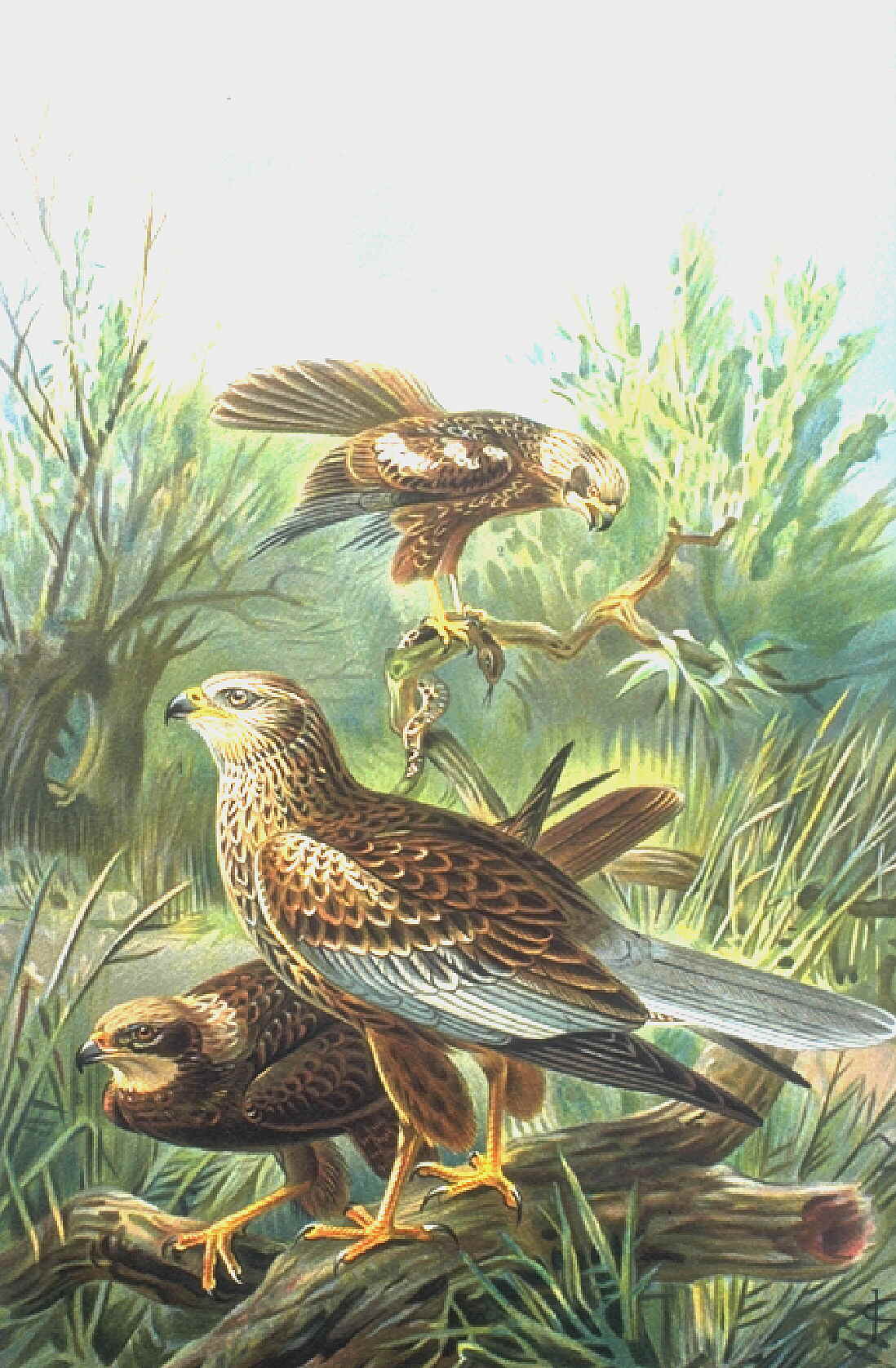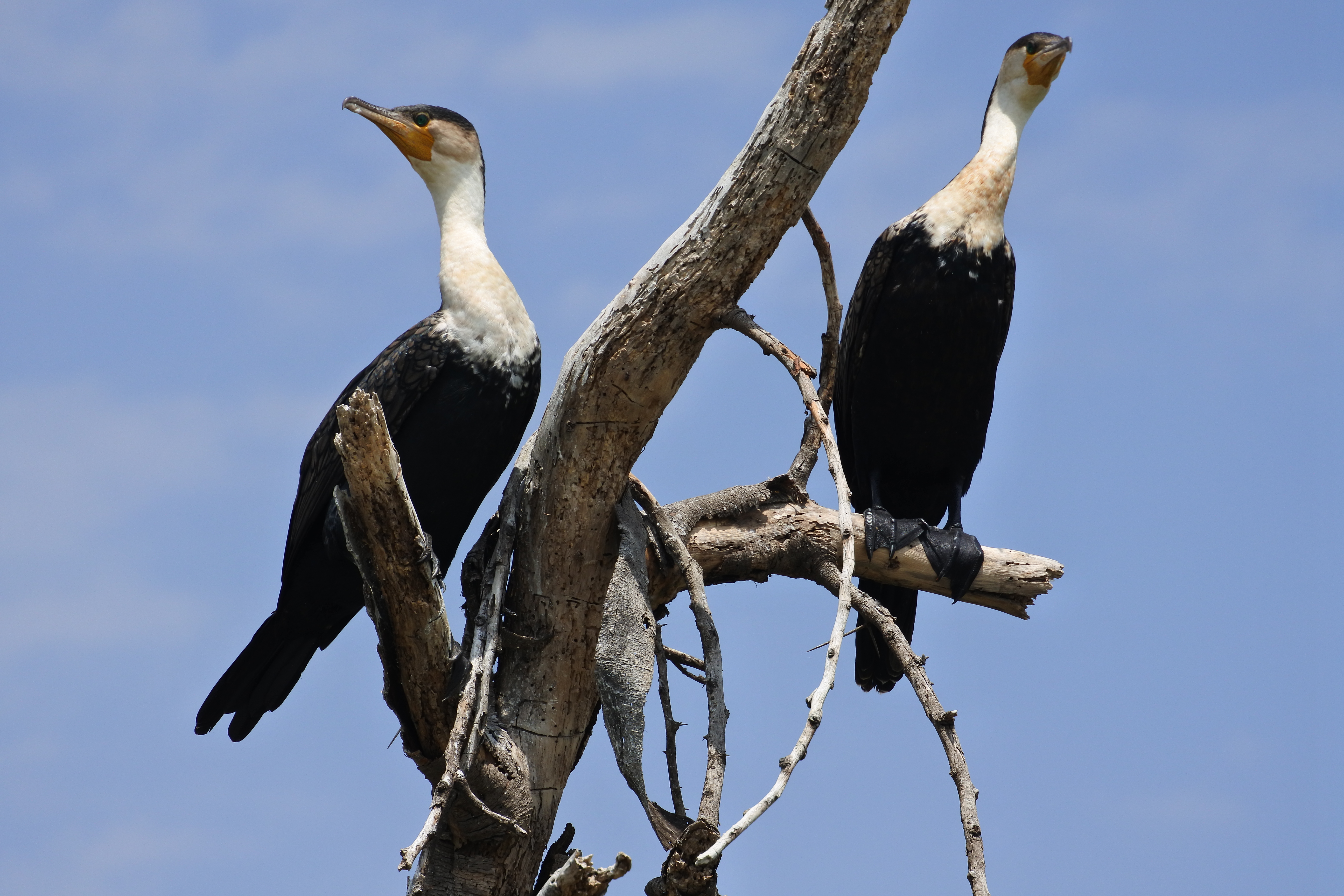|
Cesine
Le Cesine is a wetland and natural state reserve extending for 380 hectares near Lecce, in southern Italy. It has been recognized as one of the Ramsar wetland sites of international importance in 1977, and a state nature reserve and a special protection area – SPA (Birds Directive) in 1980. The management of the oasis has been entrusted to WWF Italy by the Ministry of the Environment and has been managed by WWF since 1979. Biology and ecology The park represents one of the last swampy areas that in the past extended from Otranto to Brindisi. There are two ponds, the Salapi and Pantano Grande, fed by the rains, which are separated from the sea by a cord of sand dunes. It is managed by the WWF Italy. Fauna Numerous birds find refuge in the nature reserve: pochard (''Aythya ferina''), coot ('' Fulica''), marsh harrier ('' Circus aeruginosus''), red-crested pochard (''Netta rufina''), little grebe (''Tachybaptus ruficollis''), cormorant (''Phalacrocorax carbo The great co ... [...More Info...] [...Related Items...] OR: [Wikipedia] [Google] [Baidu] |
World Wide Fund For Nature
The World Wide Fund for Nature (WWF) is a Swiss-based international non-governmental organization founded in 1961 that works in the field of wilderness preservation and the reduction of human impact on the environment. It was formerly named the World Wildlife Fund, which remains its official name in Canada and the United States. WWF is the world's largest conservation organization, with over 5 million supporters worldwide, working in more than 100 countries and supporting around 3,000 conservation and environmental projects. It has invested over $1 billion in more than 12,000 conservation initiatives since 1995. WWF is a foundation with 65% of funding from individuals and bequests, 17% from government sources (such as the World Bank, FCDO, and USAID) and 8% from corporations in 2020. WWF aims to "stop the degradation of the planet's natural environment and to build a future in which humans live in harmony with nature." '' Living Planet Report'' has been published every two ... [...More Info...] [...Related Items...] OR: [Wikipedia] [Google] [Baidu] |
Italy
Italy, officially the Italian Republic, is a country in Southern Europe, Southern and Western Europe, Western Europe. It consists of Italian Peninsula, a peninsula that extends into the Mediterranean Sea, with the Alps on its northern land border, as well as List of islands of Italy, nearly 800 islands, notably Sicily and Sardinia. Italy shares land borders with France to the west; Switzerland and Austria to the north; Slovenia to the east; and the two enclaves of Vatican City and San Marino. It is the List of European countries by area, tenth-largest country in Europe by area, covering , and the third-most populous member state of the European Union, with nearly 59 million inhabitants. Italy's capital and List of cities in Italy, largest city is Rome; other major cities include Milan, Naples, Turin, Palermo, Bologna, Florence, Genoa, and Venice. The history of Italy goes back to numerous List of ancient peoples of Italy, Italic peoples—notably including the ancient Romans, ... [...More Info...] [...Related Items...] OR: [Wikipedia] [Google] [Baidu] |
Marsh Harrier
The marsh harriers are bird of prey, birds of prey of the harrier (bird), harrier subfamily. They are medium-sized Bird of prey, raptors and the largest and broadest-winged harriers. Most of them are associated with marshland and dense reedbeds. They are found almost worldwide, excluding only the Americas. Until recently two species were generally recognized: the marsh harrier (''Circus aeruginosus'') and the African marsh harrier (''C. ranivorus''). The marsh harrier is now usually split into several species, sometimes as many as six. These are the western marsh harrier (''C. aeruginosus''), eastern marsh harrier (''C. spilonotus''), Papuan harrier (''C. spilonotus spilothorax'' or ''C. spilothorax''), swamp harrier (''C. approximans''), Réunion harrier (''C. maillardi maillardi'' or ''C. maillardi'') and Madagascar marsh harrier (''C. maillardi macrosceles'' or ''C. macrosceles''). At the beginning of the 20th century, the marsh harrier was hunted to extinction in the United K ... [...More Info...] [...Related Items...] OR: [Wikipedia] [Google] [Baidu] |
Phalacrocorax Carbo
The great cormorant (''Phalacrocorax carbo''), also known as just cormorant in Britain, as black shag or kawau in New Zealand, formerly also known as the great black cormorant across the Northern Hemisphere, the black cormorant in Australia, and the large cormorant in India, is a widespread member of the cormorant family of seabirds. It breeds in much of the Old World, Australasia, and the Atlantic coast of North America. Taxonomy The great cormorant was formally described in 1758 by the Swedish naturalist Carl Linnaeus in the tenth edition of his ''Systema Naturae'' under the binomial name ''Pelecanus carbo''. Linnaeus specified the type location as "Europe", but this was restricted to the "rock-nesting form of the north Atlantic Ocean" by the German ornithologist Ernst Hartert in 1920. The great cormorant is now one of 12 species placed in the genus Genus (; : genera ) is a taxonomic rank above species and below family (taxonomy), family as used in the biological classif ... [...More Info...] [...Related Items...] OR: [Wikipedia] [Google] [Baidu] |
Cormorant
Phalacrocoracidae is a family of approximately 40 species of aquatic birds commonly known as cormorants and shags. Several different classifications of the family have been proposed, but in 2021 the International Ornithologists' Union (IOU) adopted a consensus taxonomy of seven genera. The great cormorant (''Phalacrocorax carbo'') and the common shag (''Gulosus aristotelis'') are the only two species of the family commonly encountered in Britain and Ireland, and the names "cormorant" and "shag" have been later assigned to different species in the family somewhat haphazardly. Cormorants and shags are medium-to-large birds, with body weight in the range of and wing span of . The majority of species have dark feathers. The bill is long, thin and hooked. Their feet have webbing between all four toes. All species are fish-eaters, catching the prey by diving from the surface. They are excellent divers, and under water they propel themselves with their feet with help from their wing ... [...More Info...] [...Related Items...] OR: [Wikipedia] [Google] [Baidu] |
Tachybaptus Ruficollis
The little grebe (''Tachybaptus ruficollis''), also known as dabchick, is a member of the grebe family of water birds. The genus name is from Ancient Greek ''takhus'' "fast" and ''bapto'' "to sink under". The specific ''ruficollis'' is from Latin ''rufus'' "red" and Neo-Latin, Modern Latin ''-collis'', "-necked", itself derived from Latin ''collum'' "neck". At in length it is the smallest European member of its family. It is commonly found in open bodies of water across most of its range. Taxonomy The little grebe was described by the German naturalist Peter Simon Pallas in 1764 and given the binomial name ''Colymbus ruficollis''. The tricolored grebe was formerly considered conspecific, with some taxonomic authorities still considering it so. Subspecies Seven subspecies are currently accepted, four widespread, and three with restricted ranges; they are separated principally by size, eye colour, which varies from dark to light from west to east, and extent of white on the seco ... [...More Info...] [...Related Items...] OR: [Wikipedia] [Google] [Baidu] |
Netta Rufina
The red-crested pochard (''Netta rufina'') is a large diving duck. The scientific name is derived from Greek ''Netta'' "duck", and Latin ''rufina'', "golden-red" (from ''rufus'', "ruddy"). Its breeding habitat is lowland marshes and lakes in southern Europe and it extends from the steppe and semi-desert areas on the Black Sea to Central Asia and Mongolia, wintering in the Indian Subcontinent and Africa. It is somewhat migratory, and northern birds winter further south into north Africa. The adult male is unmistakable. It has a rounded orange head, red bill and black breast. The flanks are white, the back brown, and the tail black. The female is mainly a pale brown, with a darker back and crown and a whitish face. Eclipse males are like females but with red bills. They are gregarious birds, forming large flocks in winter, often mixed with other diving ducks, such as common pochards. They feed mainly by diving or dabbling. They eat aquatic plants, and typically upend for food more ... [...More Info...] [...Related Items...] OR: [Wikipedia] [Google] [Baidu] |
Red-crested Pochard
The red-crested pochard (''Netta rufina'') is a large diving duck. The scientific name is derived from Greek ''Netta'' "duck", and Latin ''rufina'', "golden-red" (from ''rufus'', "ruddy"). Its breeding habitat is lowland marshes and lakes in southern Europe and it extends from the steppe and semi-desert areas on the Black Sea to Central Asia and Mongolia, wintering in the Indian Subcontinent and Africa. It is somewhat migratory, and northern birds winter further south into north Africa. The adult male is unmistakable. It has a rounded orange head, red bill and black breast. The flanks are white, the back brown, and the tail black. The female is mainly a pale brown, with a darker back and crown and a whitish face. Eclipse males are like females but with red bills. They are gregarious birds, forming large flocks in winter, often mixed with other diving ducks, such as common pochards. They feed mainly by diving or dabbling. They eat aquatic plants, and typically upend for food mo ... [...More Info...] [...Related Items...] OR: [Wikipedia] [Google] [Baidu] |
Circus Aeruginosus
The western marsh harrier (''Circus aeruginosus'') is a large harrier, a bird of prey from temperate and subtropical western Eurasia and adjacent Africa. It is also known as the Eurasian marsh harrier. Formerly, a number of relatives were included in ''C. aeruginosus'', which was then known as "marsh harrier". The related taxa are now generally considered to be separate species: the eastern marsh harrier (''C. spilonotus''), the Papuan harrier (''C. spilothorax'') of eastern Asia and the Wallacea, the swamp harrier (''C. approximans'') of Australasia and the Madagascar marsh harrier (''C. maillardi'') of the western Indian Ocean islands. The western marsh harrier is often divided into two subspecies, the widely migratory ''C. a. aeruginosus'' which is found across most of its range, and ''C. a. harterti'' which is resident all-year in north-west Africa. Taxonomy The western marsh harrier was formally described by the Swedish naturalist Carl Linnaeus in 1758 in the tenth editi ... [...More Info...] [...Related Items...] OR: [Wikipedia] [Google] [Baidu] |



